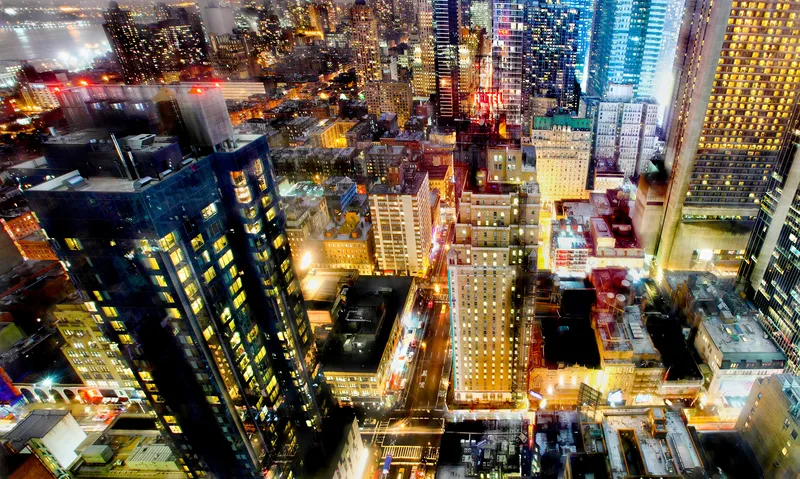New York’s governor has suggested that unless some form of dynamic pricing is imposed on motorists in the city, there will be a 30% hike in public transit fares and tolls.
Democrat Andrew Cuomo said the stiff
He is calling for tolls which charge motorists entering the most congested areas of Manhattan – south of 60th Street – which he believes could raise $1 billion per year - and wants this approved by legislators by April as part of next year’s state budget.
A number of cities worldwide, such as Singapore, London and Stockholm, have introduced a congestion charge zone in their central areas – but the concept is widely resisted by city authorities which are conscious of the difficulties in selling it to their constituents.
“The real choice is between congestion pricing or a 30% toll and fare increase,” Cuomo said to a meeting of the Association for a Better New York. “It’s A or B because there is no C.”
Cuomo has not suggested what the tolls should be. AP says a fee of $12 per day has been mooted for motorists, but “officials have said they don’t expect the toll to be that expensive”.
The Partnership for New York City insists traffic congestion costs the region $20 billion per year and wants congestion pricing revenue to fund modernisation of subway, bus and commuter rail services.
New York gov: introduce Manhattan road pricing ‘or face 30% fare rise’
New York’s governor has suggested that unless some form of dynamic pricing is imposed on motorists in the city, there will be a 30% hike in public transit fares and tolls.
Democrat Andrew Cuomo said the stiff Metropolitan Transportation Authority (MTA) price rise would hit those using subways, buses, tunnels and bridges, Associated Press (AP) reports.
He is calling for tolls which charge motorists entering the most congested areas of Manhattan – south of 60th Street – which he believes could raise $1
February 12, 2019
Read time: 2 mins









